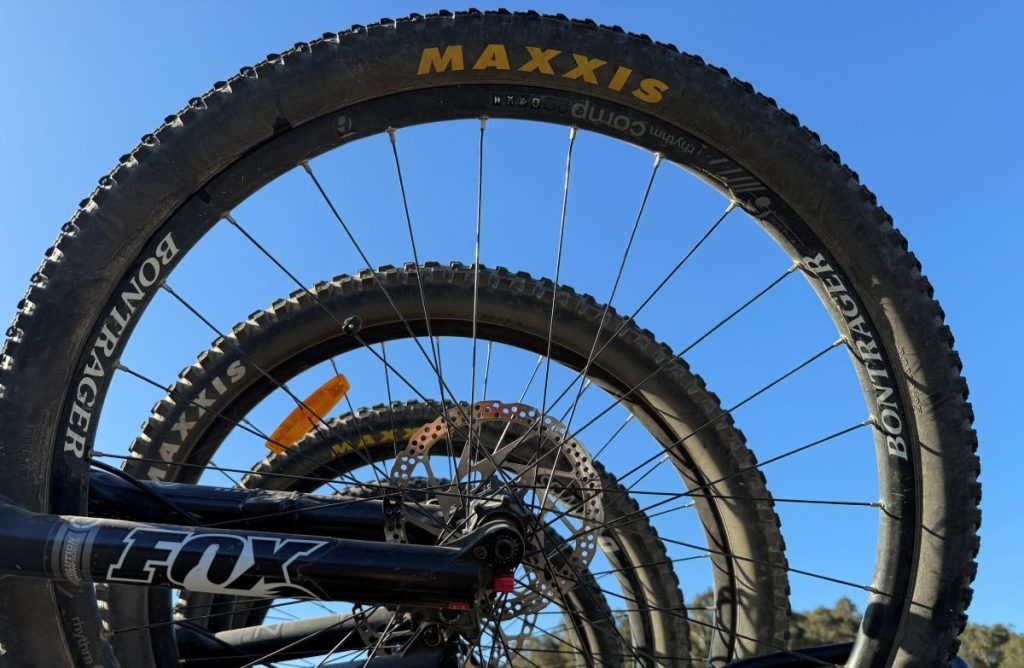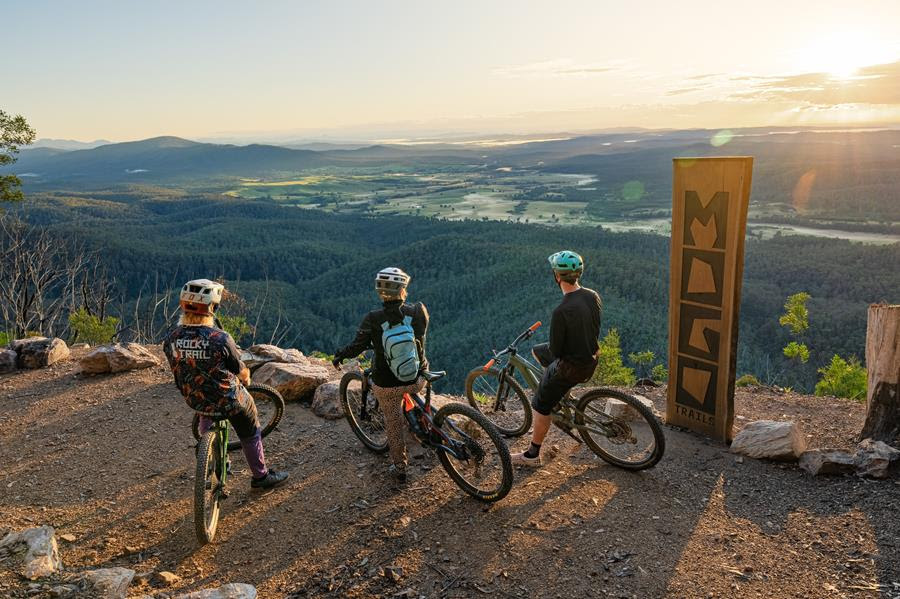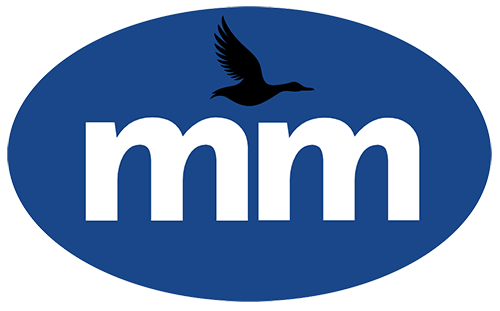Do you know how to speak MTB?

With one of the largest Mountain Biking Festival about to arrive in the Eurobodalla, here’s a little deciphering for those of us not so proficient in the lingo.
The inaugural Sea Otter Australia (SOA) Festival is just two weeks away, set to bring the world’s largest cycling festival brand to the Southern Hemisphere for the first time. The five-day event from October 22–26, 2025, organised by the locally based Rocky Trail Group, will transform Batemans Bay and the spectacular Mogo Trails into the ultimate hub for the international cycling community.
Bringing the renowned global festival brand—with its 30-year history from California—to the Southern Hemisphere for the first time, SOA promises a five-day, participation-focused Festival that will attract over 2,000 athletes and an estimated 5,000 additional cycling enthusiasts from across Australia, North America, Europe, New Zealand, and South East Asia.
“The arrival of Sea Otter on the NSW South Coast is a game-changer for Austalian Cycling.”
“We’re establishing a major international anchor event that puts the Mogo Trails and the NSW South Coast on the global map. This is where world-class racing meets industry innovation, all built around a celebration of bicycles for all ages and abilities,” said Juliane Wisata, CEO of Sea Otter Australia.
The Mountain Bike Dictionary
SOURCE https://www.liv-cycling.com/au/mountain-bike-lingo
- Bail: Getting off your bike as quickly as possible (and by any means necessary) to avoid a potential crash.
- Berm: A banked turn. Learn how to ride berms HERE>
- Bike Park: An area with progressive mountain bike features and downhill-focused trails that can be easily ridden repeatedly either by using a chair lift, shuttle system or climb return trail. Bike parks can be private, where you have to pay to access the trails, or public. Learn more about bike parks HERE>
- Bonk:
- (verb) To run out of energy (fuel) during a mountain bike ride or race. “I bonked so hard on that climb.” Learn how to avoid bonking HERE>
- (noun… or verb) A mountain bike jumping technique where you tap a feature with only the front wheel. “Watch while I attempt to do a nose bonk on that tree stump.” “You totally nose bonked that table top.”
- Bunny Hop: A mountain bike skill where the rider lifts their front wheel, followed by the rear wheel into the air so both wheels are in the air at the same time. Learn how to bunny hop on your mountain bike HERE>
- Case: To come up short on a mountain bike jump or drop. Casing can sometimes, but not always, lead to a crash.
- Clean: Successfully making it over an obstacle in the trail without putting a foot down or falling off your bike. “I just cleaned that technical climb for the first time.”
- Clear: To land smoothly when jumping a table top, double, or landing a drop.
- Clipless: Refers to clipless pedals and shoes, where a cleat on the bottom of a rider’s shoe is attached to a spring-loaded mechanism on the pedal. Also referred to as “clipped in” or “clips”. Originally, riders would “clip in” to their pedals using a caged pedal with straps around their shoes, also known as toe clips. When the spring-loaded pedals and cleats came about, these were referred to as “clipless” because they did not use toe clips.
- Cross Country: Cross country (also referred to simply as XC) is a form of mountain biking where covering distance is emphasized over technicality. Cross country does not literally mean “across country.” Get XC MTB tips HERE>
- Dab: To take a foot off the pedal and put it down to avoid crashing. “I haven’t made it through that section without dabbing yet.”
- Double: A mountain bike jump that has two distinct mounds – a “lip” that helps launch a rider into the air and a “landing” where the rider is aiming to set their wheels down. A double can also be referred to as a “gap jump”, because there is a gap between the take-off and landing. Casing a double is likely to result in a crash. Learn how to jump HERE>
- Downhill: Downhill (also referred to as DH) is a form of gravity-fed mountain biking where there is little to no uphill riding involved. Downhill trails are accessed by chair lifts or a shuttle.
- Drop: A trail feature where the rider must launch their bike off of a height and land on a lower surface. Drops can be man-made or natural and consist of dirt, wood, rocks or roots as the take-off and/or landing. Learn how to ride drops HERE>
- Dropper: Short for “dropper seatpost”, which is a height adjustable seatpost. Droppers enable a rider to quickly lower their seat height with the push of a lever mounted to the handlebars.
- E-MTB: Electric mountain bike. E-MTBs are powered by a rechargeable battery which operates a motor that provides an adjustable boost of power when the rider pedals. Learn more about E-MTBs HERE>
- Endo: An advanced mountain bike skill that involves shifting your body weight forward as you apply the front brake to lift the rear wheel. Endo turns can be used to navigate tight downhill switchbacks. Performing this skill on flat ground while coming to a stop is referred to as a “stoppie”.
- Enduro:
- (noun) A form of mountain bike racing that is broken up into timed stages that are mostly (if not completely) downhill. Transfer/ climbing stages are not timed, but racers could be required to meet a cut-off. Events can vary in length and difficulty.
- (adjective) Used to describe a trail, bike, piece of mountain bike equipment, clothing or person that could be found at an enduro mountain bike race. “Her enduro helmet can accommodate goggles easily.”
- Flats: Refers to flat pedals and shoes, where the pedal has a large platform, usually with pins, that are compatible with the grippy rubber soles of mountain bike shoes.
- Flow:
- (adjective) Used to describe a trail that has a smooth tread with many berms and rollers. “Flow trails are my favorite thing to ride.”
- (noun) A state of being where the rider and their bike are in perfect harmony. “I was really finding the flow on that section of trail back there.”
- Gnarly: Used to describe a section of trail or trail feature that is extremely difficult or where failure has high consequence. “That rock garden back there is super gnarly.” Can also be used as a noun. “Are you ready to shred the gnar?”
- Grom: A young mountain biker who is also typically extremely skilled.
- Hero Dirt: When the trail surface is the perfect consistency for riding and provides nearly infinite levels of traction. “After that rain three days ago, we’re going to have hero dirt!”
- Landing: The downslope where a rider will ideally land a jump or a drop. Also known as “backside”.
- Lip: The edge created at the end of a drop off or upslope of a jump where a rider must launch their front wheel into the air.
- Loam: Dirt that is loose and fluffy that creates ideal traction for mountain biking. Loam is often referred to as “hero dirt”.
- Manual: An advanced mountain bike skill where a rider shifts their weight back and balances to hold their front wheel in the air without pedaling. Learn how do do a manual front wheel lift HERE>
- Off-Camber: When the outside edge of the trail is lower than the inside edge. The slope of the trail is pointing in a direction you don’t want to go.
- OTB: An acronym for “over the bars,” refers to a mountain bike crash where the rider’s front wheel stops moving and their body keeps moving forward, essentially going over the bars. “I cased that jump and whent OTB.”
- Pump: To generate speed over mountain bike terrain without moving. Learn how to pump HERE>
- Rock Garden: A section of trail that contains many rocks and boulders of various sizes. Learn how to ride a rock garden HERE>
- Roller: A mound of dirt on a trial that can be pumped or jumped on a mountain bike.
- Sag: The amount of suspension a rider is using with only their weight on the bike. “I just got a new fork and I need to set my sag.” Learn how to set sag on a mountain bike HERE>
- Shred: Riding a mountain bike with a lot of skill. A person who rides a mountain bike with a lot of skill is known as a “shredder”. “Wow, she can really shred those jumps!”
- Shuttle: A point-to-point ride or a way to get to the top of a downhill section of trail. “Do you want to do a shuttle ride this weekend?” “Let’s go to the bike park, they have a shuttle.”
- Skinny: An elevated wooden feature that requires technical skill to ride. Learn how to ride skinnies HERE>
- Stomp: To land a jump or drop with precision. “You really stopped that landing.”
- Squirrely: Riding a mountain bike without much skill or control. Also known as “sketchy”. “I got really squirrely over that wet root and thought I was going to crash!”
- Suspension: Mountain bike suspension consists of a front fork and/or a rear shock. A mountain bike without suspension is called “rigid”. Mountain bikes with only front suspension are called “hardtails”. A mountain bike with both front and rear suspension is called a “full suspension”. Riders typically refer to their bikes by how much suspension it has, which is known as the “travel” (travel is usually measured in millimeters). “I have a full suspension mountain bike with 140mm of travel in the rear and a 150mm fork.” Learn more about suspension and how to adjust it HERE>
- Switchback: A very tight uphill or downhill corner, typically changing direction 180-degrees. Learn how to ride switchbacks HERE>
- Tabletop: A mountain bike jump that has a flat surface from the lip to the landing. Learn how to jump HERE>
- Trackstand: Balancing on a bike without moving forward or backward.
- Wheelie: A mountain bike skill where the rider uses the force of their pedal stroke to lift their front wheel into the air and hold it there while moving forward.

